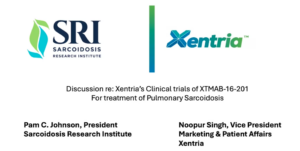Reiki is a Japanese form of complementary medicine which is referred to as energy healing. Energy healing has been used for centuries, and is growing in popularity; however it is difficult to measure the effectiveness of Reiki through science. Each person will have a different experience.
The word Reiki is of Japanese origin; “rei” means universal, and “ki” means life energy, together meaning miraculous sign. Reiki is given by a Reiki practitioner by placing the hands off the body, lightly touching the body, or can be done long-distance as a form of prayer to direct the body’s energy flow to remove blocks which will reduce the symptoms of illness. Some practitioners use rose quartz, amethyst, moonstone, topaz, tourmaline and aquamarine crystals during the Reiki treatment.
Reiki is not used to cure illnesses, and is reported to be helpful in managing symptoms of diseases and promotes general well-being. Reiki may be beneficial for:
- Relaxation
- Tension
- Healing
- Emotional
- Mental and spiritual harmony
- Heart disease
- Anxiety
- Depression
- Chronic pain
- Infertility
- Autism
- Headaches
- Insomnia
- Nausea
- Eliminates toxins
- Relieves pain
- Increases healing
- Fatigue
- Complements other medical treatments
In order to become a Reiki practitioner individuals will need to undergo the attunement process, for which no prior training, education or experience are required. There are three levels of Reiki training, and students learn from a Reiki Master about the energies around the body, how to work with healing energy, and the ethics of working with clients.
There is not significant research to support the effectiveness of Reiki in treating diseases; although small studies indicate that there is a slight reduction in pain using Reiki. The National Center for Complementary and Integrate Health opines that Reiki has been helpful for some patients, and the practice does not seem to have any adverse side effects. Reiki is considered to be a safe practice.
